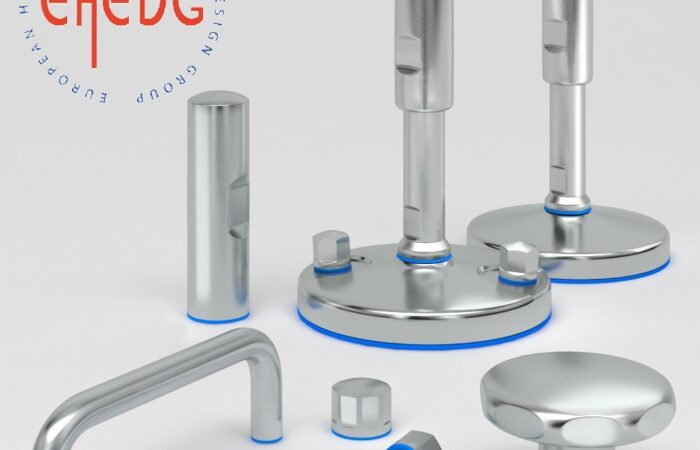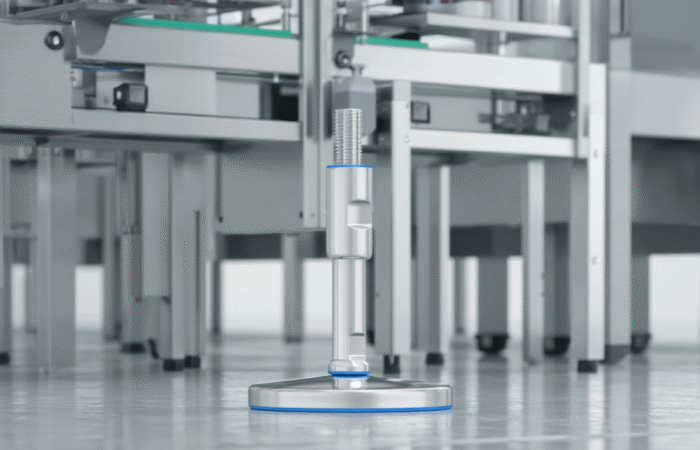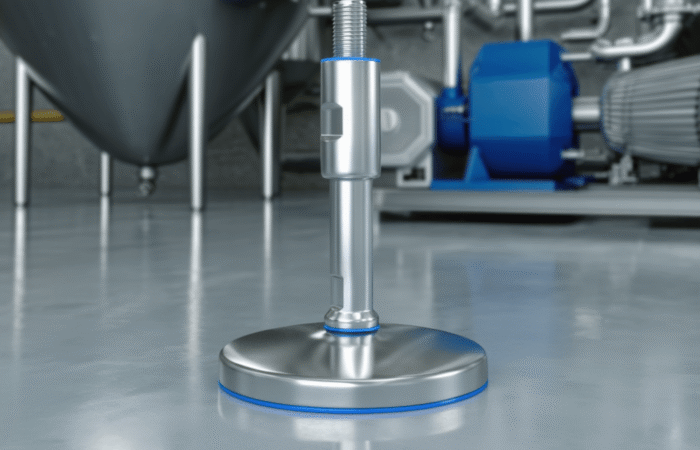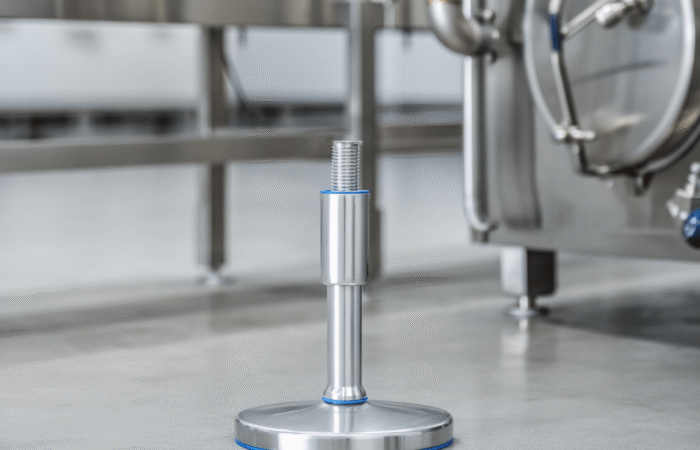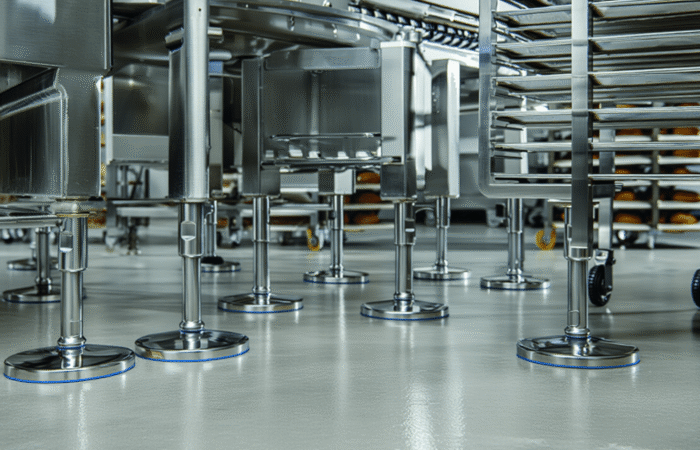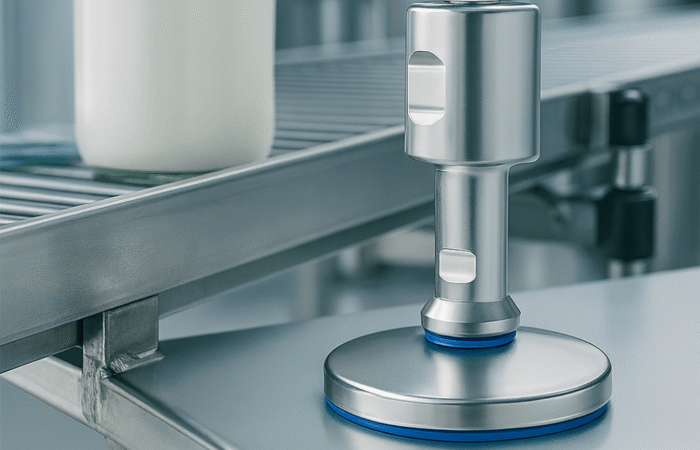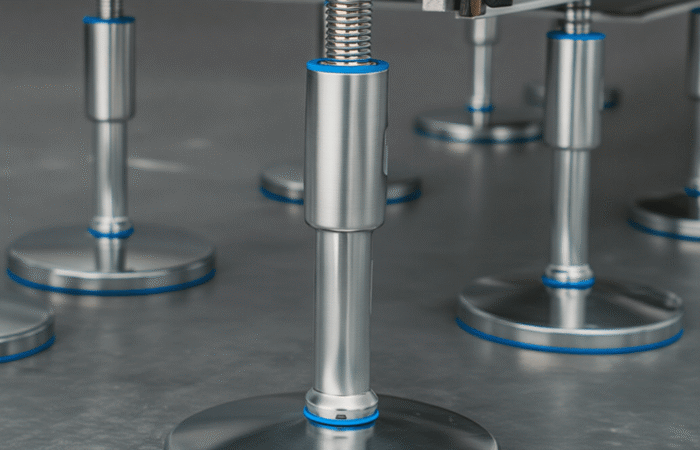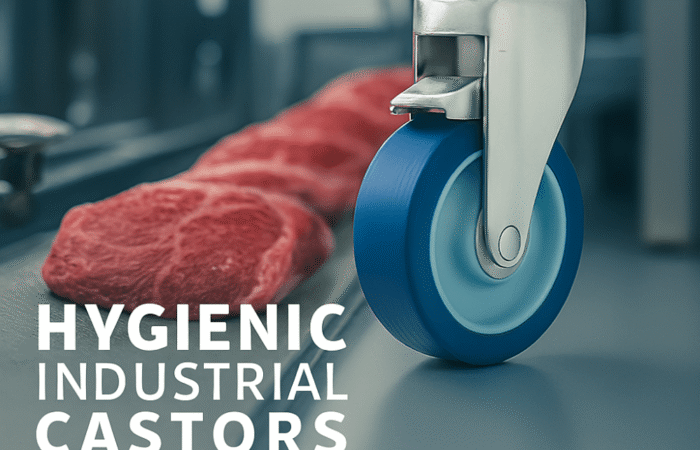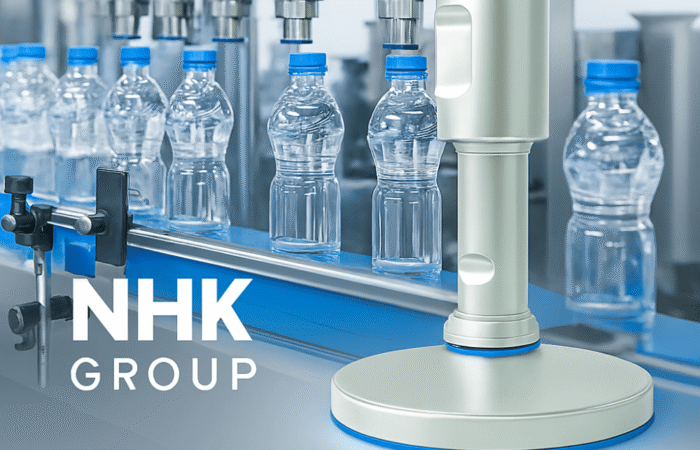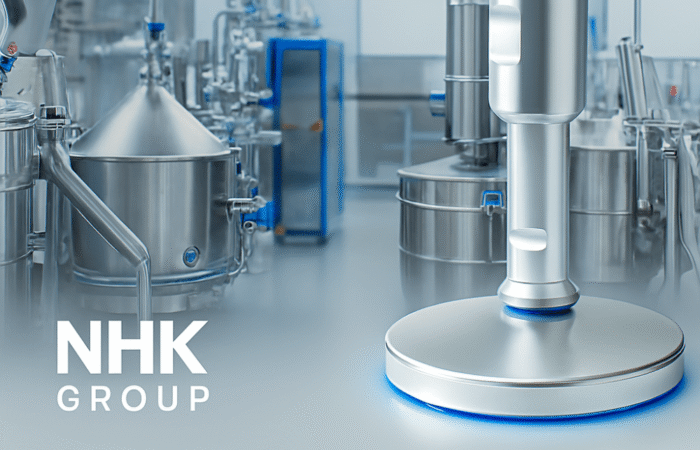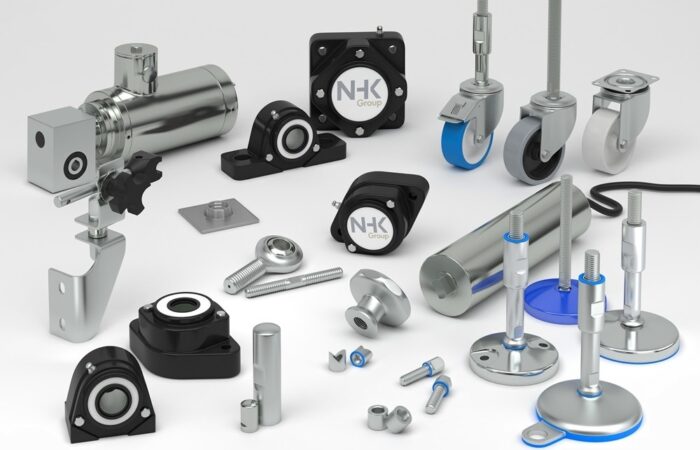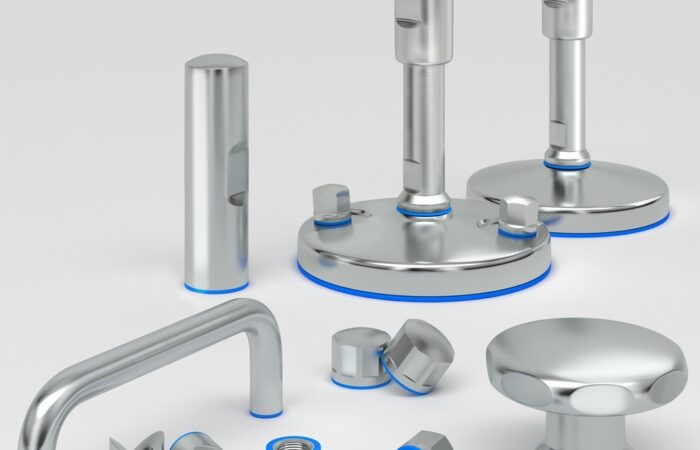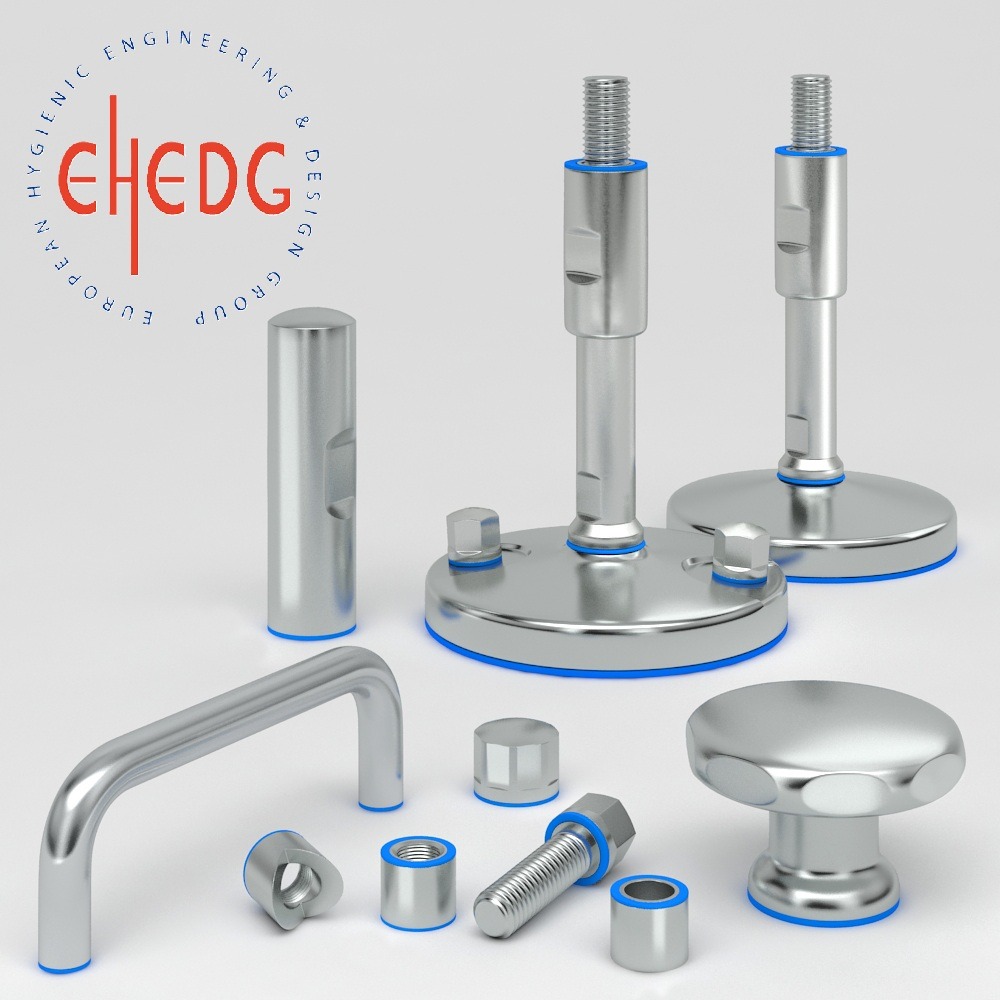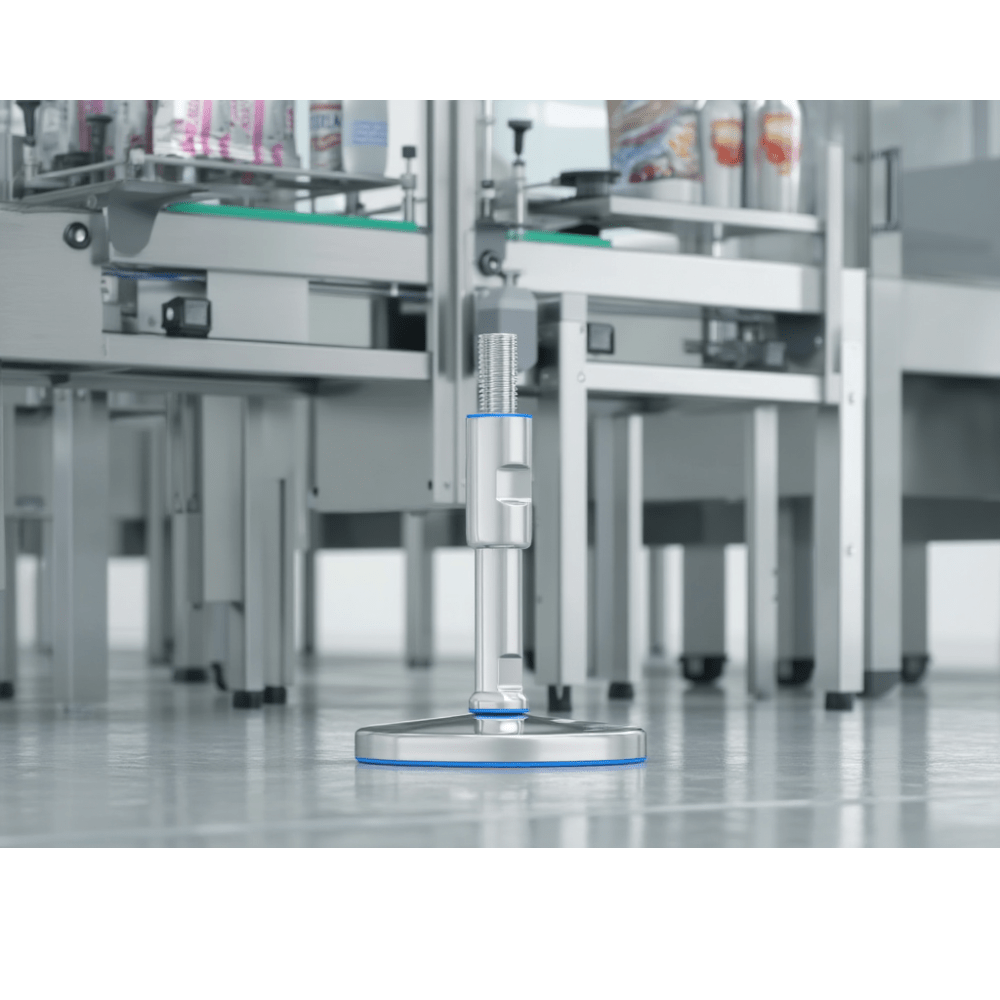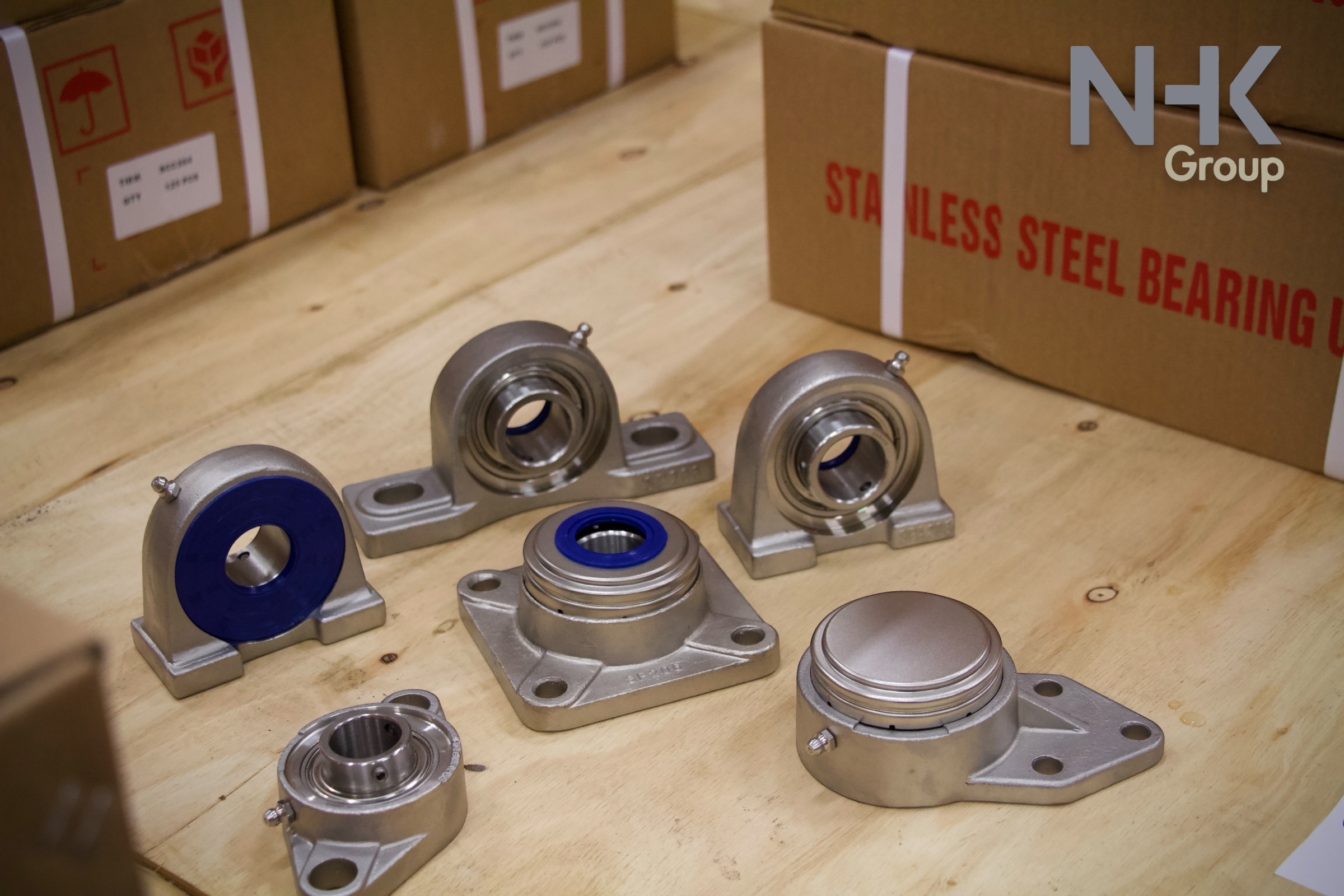
Seafood Processing Industry
The seafood processing industry is a complex and dynamic field that requires specialized machinery and equipment to ensure efficiency, safety, and product quality. With the global demand for seafood continuing to grow, processors must employ hygienic machinery components and sanitary conveyor parts to maintain the highest standards of hygiene and food safety. This is particularly vital because seafood is highly perishable and sensitive to contamination. Ensuring a safe and clean processing environment not only complies with industry regulations but also protects consumer health and boosts brand reputation. Seafood processing involves multiple stages, including skinning, filleting, canning, freezing, and packaging. Each stage poses unique challenges in maintaining hygiene. Due to the moist and sometimes sticky nature of seafood, the risk of bacterial contamination is high. This makes it essential to use equipment designed with hygienic considerations, such as smooth surfaces, easy-to-clean designs, and corrosion-resistant materials. Hygienic machinery components, such as leveling feet, bearings, and seals, are crucial in maintaining the cleanliness and functionality of seafood processing equipment. The use of stainless steel and food-grade plastics in these components ensures that machinery withstands frequent washdowns and exposure to harsh cleaning agents. Additionally, sanitary conveyor parts play a significant role in transporting seafood products through different stages of processing without compromising hygiene. The seafood processing industry handles a wide variety of products, including fish, shellfish, crustaceans, and mollusks. Depending on the type of seafood, processing can involve numerous steps, each requiring specialized machinery: Skinning machines are used to remove the outer layer of skin from fish fillets, ensuring that the end product is ready for further processing or packaging. These machines often operate at high speeds, making it essential to have hygienic components that can handle continuous use and are easy to clean. IP67 waterproof bearing units and sealed conveyor belts are crucial to prevent water and fish residue from contaminating other areas of the machine. Filleting machines automate the process of cutting fish into precise fillets, reducing labor costs and ensuring uniformity in size and weight. The filleting process involves sharp blades and rapid movements, making hygiene and safety a priority. Using hygienic leveling feet and adjustable components allows the machine to maintain stability even during high-intensity operations. These components should be resistant to corrosion, given the saltwater content of many seafood products. Canning lines are used to preserve seafood products, such as tuna, sardines, and shellfish, for longer shelf life. The canning process typically involves cooking, filling, sealing, and labeling. Hygienic components are vital in ensuring that every can is filled in a sterile environment. Sanitary conveyors equipped with stainless steel rollers and food-safe belts help transport cans without risking contamination. Components such as hygienic seals and bushings are also essential to prevent leaks and maintain product integrity. Freezing systems are used to extend the shelf life of seafood products by rapidly lowering their temperature. This process requires machinery that can operate in extremely low temperatures while maintaining hygienic conditions. Using food-grade lubricants and corrosion-resistant materials in conveyor systems and other machinery parts ensures smooth operation and prevents bacterial growth. IP67-rated waterproof bearing units and specially designed freeze-proof seals are recommended for such environments. The seafood processing environment is one of the harshest in the food industry due to constant exposure to moisture, salt, and organic matter. Therefore, machinery components must be designed to withstand these conditions without compromising on hygiene. Key components include: Hygienic leveling feet provide stability to machinery and ensure that equipment remains in place during operations. These components are typically made from stainless steel and feature rounded edges and smooth surfaces to prevent the buildup of dirt and bacteria. They are also adjustable, allowing machinery to be leveled even on uneven surfaces. The use of non-toxic, food-safe elastomers for the base ensures that the feet do not contaminate the processing environment. Waterproof bearing units with an IP67 rating are essential for machinery used in seafood processing. These bearings are designed to resist ingress from water, fish oils, and other liquids. The seals used in these bearings are made from FDA-approved materials, ensuring they do not leach harmful substances into the environment. Additionally, these bearings are corrosion-resistant, making them suitable for use in wet and salty conditions. Sanitary conveyor belts are crucial for moving seafood products from one stage of processing to another. These belts are typically made from food-grade materials that are easy to clean and resistant to cuts and tears. The modular design of these belts allows for quick disassembly, making them ideal for thorough cleaning and inspection. Stainless steel side frames and supports ensure that the conveyor system is durable and resistant to corrosion. Seals and gaskets are used to prevent leaks and ensure a tight fit between machinery components. In seafood processing, hygienic seals must be made from materials that can withstand both high-pressure washdowns and exposure to food acids and salts. Silicone and PTFE (Polytetrafluoroethylene) are commonly used materials due to their non-reactive nature and high-temperature resistance. The seafood processing industry demands stringent hygiene standards to prevent contamination and ensure product safety. Utilizing hygienic machinery components and sanitary conveyor parts is crucial in meeting these requirements. Components such as waterproof bearing units, hygienic leveling feet, and sanitary conveyor belts are specifically designed to withstand the challenging conditions of seafood processing. By investing in high-quality, easy-to-clean equipment, seafood processors can maintain a safe and efficient production environment, ensuring that their products reach consumers in the best possible condition. Emphasizing hygiene not only ensures compliance with food safety regulations but also builds consumer trust and enhances brand reputation. For seafood processors looking to stay ahead in a competitive market, focusing on hygienic machinery components and sanitary conveyor systems is a vital strategy. Industrial machinery requires precision-engineered components that meet exacting standards for durability, safety, and performance. This comprehensive guide explores the essential machinery parts that drive modern manufacturing across food processing, packaging, and chemical industries. Understanding the difference between Pillow Blocks and Flanged Bearings is crucial for engineers and procurement professionals seeking to optimize equipment longevity. Pillow block bearings, also known as plummer blocks, are self-aligning bearing units that simplify installation and significantly reduce maintenance costs. These versatile components mount on machine frames and support rotating shafts with exceptional precision, ensuring smooth operation in demanding industrial environments. Flange bearing units offer a more compact alternative, featuring integrated flanges that enable direct mounting to flat surfaces without additional hardware. Both designs come in various materials, including stainless steel grades optimized for corrosive environments and food-grade applications where hygiene is paramount. The importance of material selection cannot be overstated in machinery design. 440C Steel and 420 grades offer distinctly different properties suited to specific applications and environmental conditions. The 440 stainless steel variant provides superior hardness and exceptional edge retention, making it ideal for cutting tools and high-wear applications requiring maximum durability. Meanwhile, 420 stainless steel offers better corrosion resistance and is preferred in food processing equipment where chemical exposure is common. Hygienic stainless steel components have become essential in food machinery, meeting EHEDG standards and facilitating rapid equipment cleaning required in modern food production facilities. Understanding ingress protection ratings is equally critical for machinery durability and operational reliability. IP67 rating ensures protection against dust and temporary water immersion, while IP68 rating provides complete dust protection and sustained water immersion capabilities for submerged operations. The IP69K standard represents the highest protection level, specifically designed for high-pressure wash-down environments found in industrial food processing facilities. These ratings define how effectively machinery components withstand environmental challenges and maintain performance. Modern industrial facilities increasingly demand equipment that combines high performance with ease of maintenance and sanitation. The choice between different bearing types depends on operational requirements, environmental conditions, and budget constraints. Proper component selection ensures extended equipment lifespan, reduced downtime, and improved operational efficiency.Hygienic Machinery Components and Sanitary Conveyor Parts for the Seafood Processing Industry
Importance of Hygienic Machinery in Seafood Processing
Key Applications in Seafood Processing
1. Skinning Machines
2. Filleting Machines
3. Canning Lines
4. Freezing Systems
Hygienic Machinery Components for the Seafood Industry
1. Hygienic Leveling Feet
2. Waterproof Bearing Units
3. Sanitary Conveyor Belts
4. Hygienic Seals and Gaskets
Hygienic Machinery Components and Sanitary Conveyor Parts for the Seafood Processing Industry
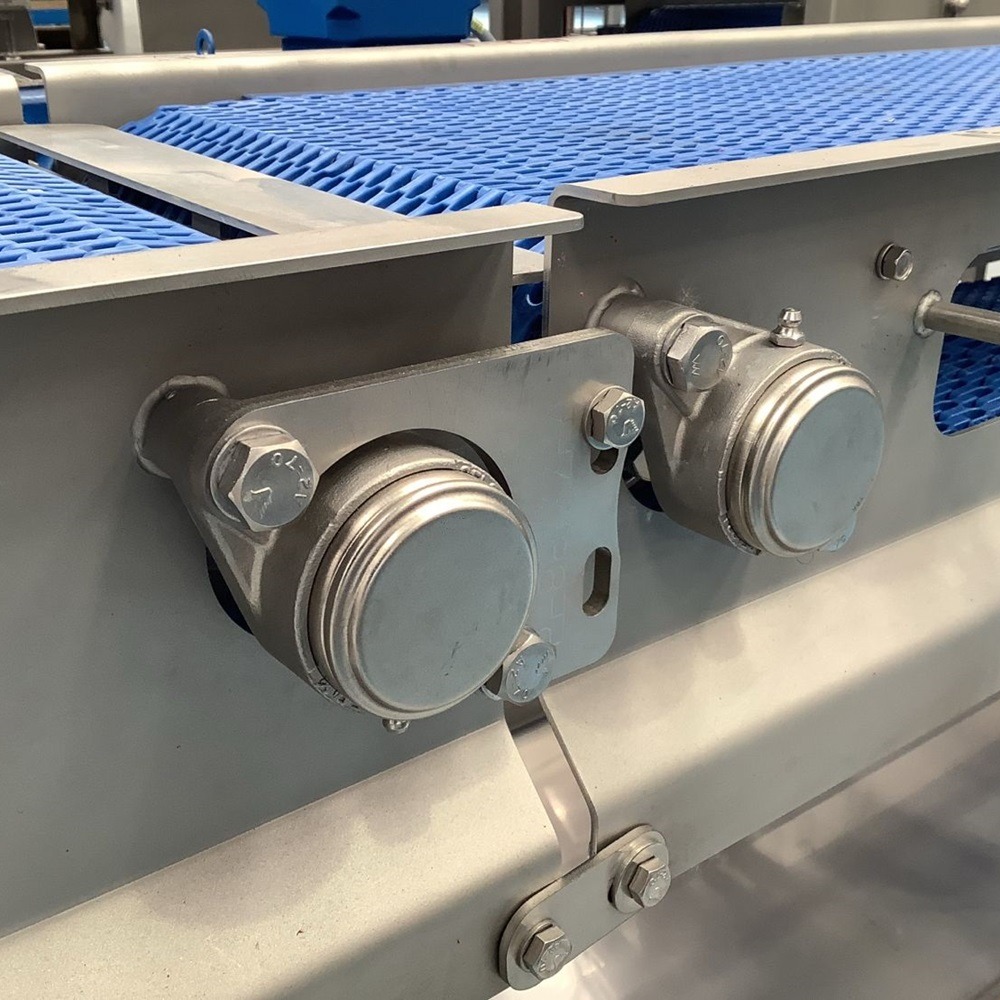
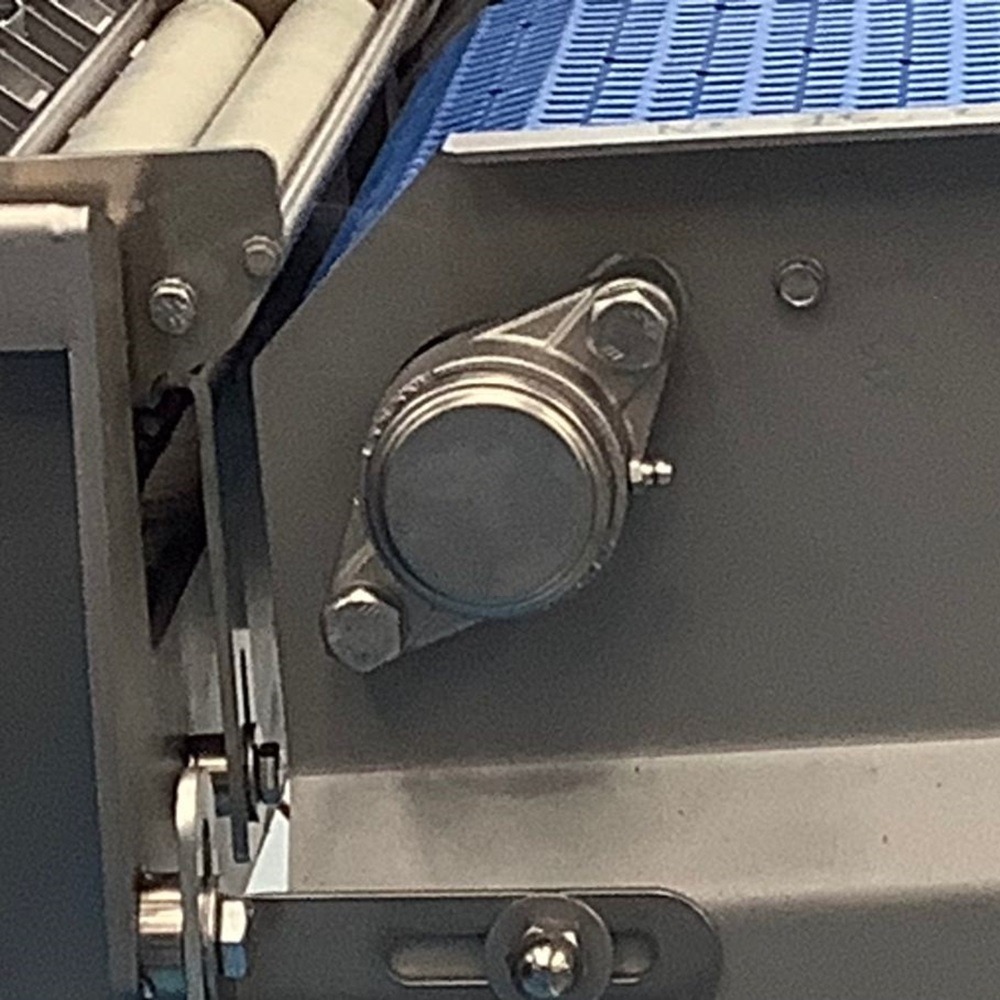
Contact
Understanding Machinery Components & Protection Standards
